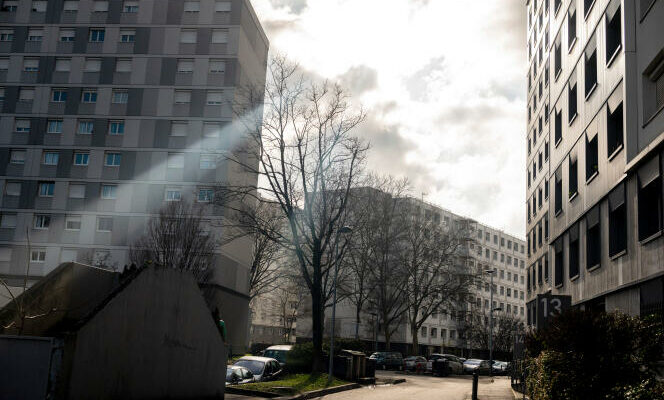Qfour decades after its first steps, city politics remains locked in a political ghetto, between discourses on its presumed failure, recurring criticisms of the use of the “checkbook strategy”, massive absenteeism from neighborhoods during elections and “cries of Regular ‘alarm’ or ‘calls for help’, little heard, from the mayors concerned each time the social situation worsens. Such is the paradox of a policy intended to help the 5 million inhabitants of priority neighborhoods, always so central in the debate and media controversies, always so peripheral, in reality, in the mass of public policies, whatever say his detractors.
After the riots of autumn 2005, Claude Dilain, the former mayor of Clichy-sous-Bois, said that the Republic had retreated like the sea at low tide, a metaphor which made it possible to convey the extent of the needs of a poorer population, less educated, less supported than in other territories. The image could have been included in the report of the investigation carried out by deputies Cornut-Gentille and Kokouendo on Seine-Saint-Denis, in 2018, which demonstrated the gap between speeches and the reality of actions in this symbolic department . It could have illustrated, just as much, the erasure of this policy, on the governmental level, since 2018, and the burial of the Borloo plan by Emmanuel Macron, to the great dismay of many elected officials. Or the response to the riots of summer 2023, summarized by a formula from the Head of State highlighting “order, order, order” to evoke the neighborhoods. “The checkbook policy is over, it doesn’t work”added the Secretary of State for Urban Policy, Sabrina Agresti-Roubache, before her administration was attached to the Minister of the Interior, as an additional symbol.
Trompe l’oeil effort
Governments have, in fact, chosen for decades to communicate on “billions” expenses. In a country where equality remains a collective dream, this had a virtue: to show, even when this was not the case, that the Republic was trying to keep its promise, including in the large complexes built in the 1950s and 1960 when housing was a national issue. This therefore also presented a risk: that the amount of the bill would become the main subject, even more than the destiny of the inhabitants and the improvement, however obvious, in their living conditions, thanks in particular to the nearly 50 billion euros invested since 2004 in urban renewal.
You have 45% of this article left to read. The rest is reserved for subscribers.
